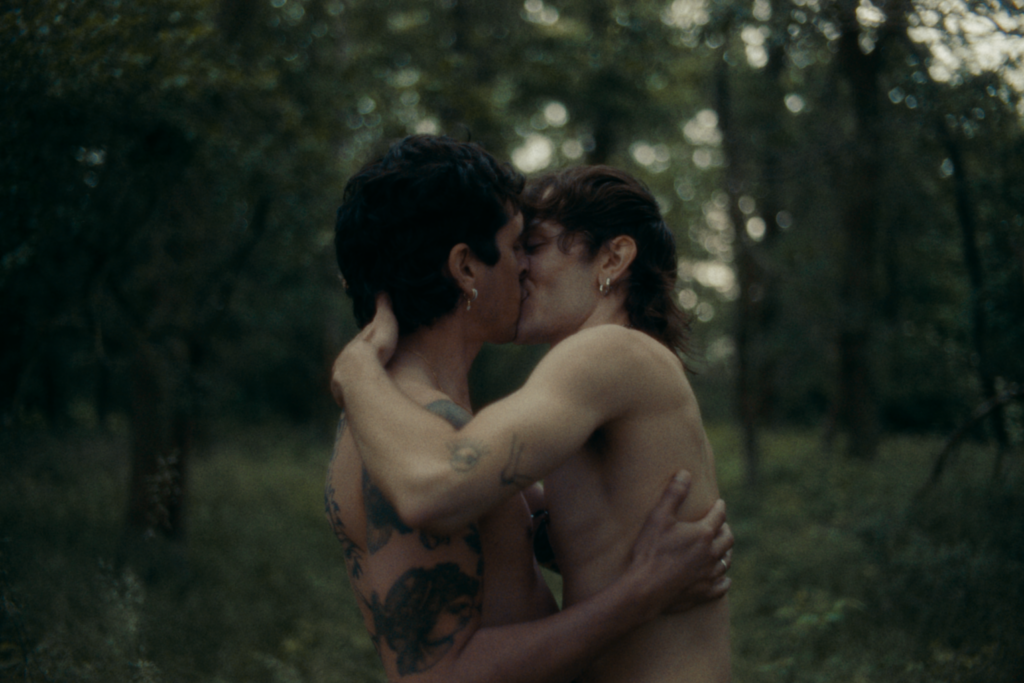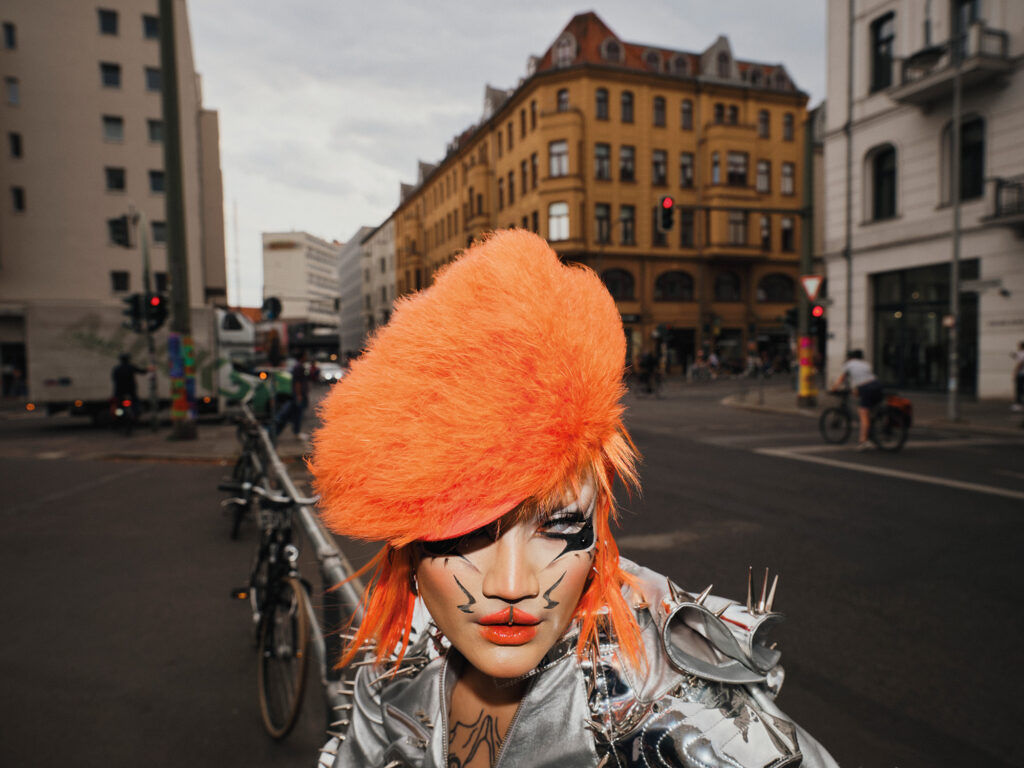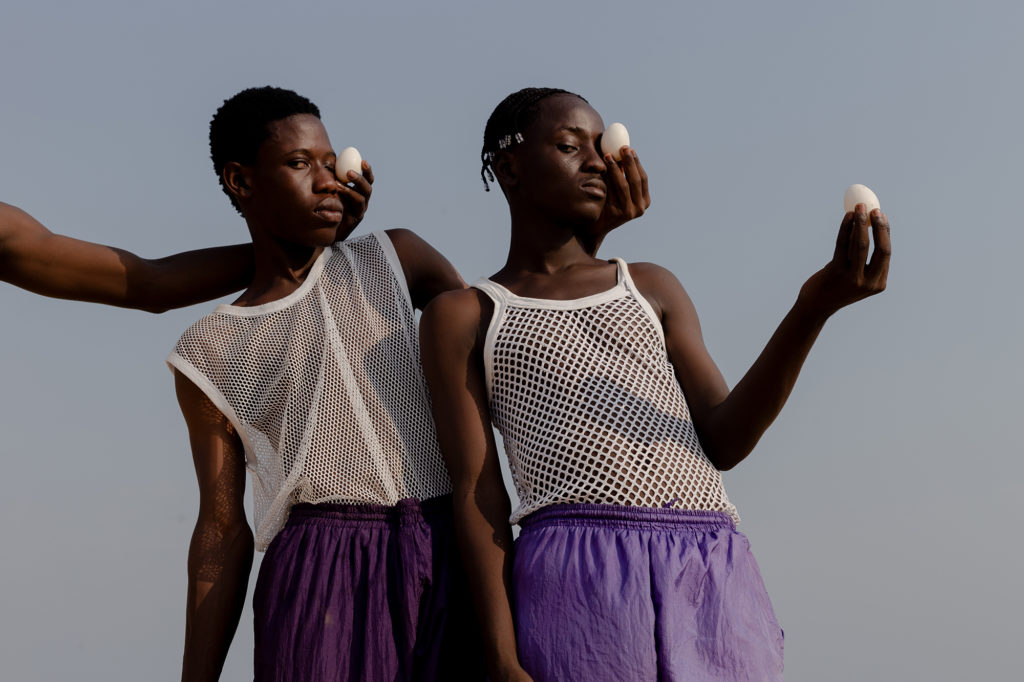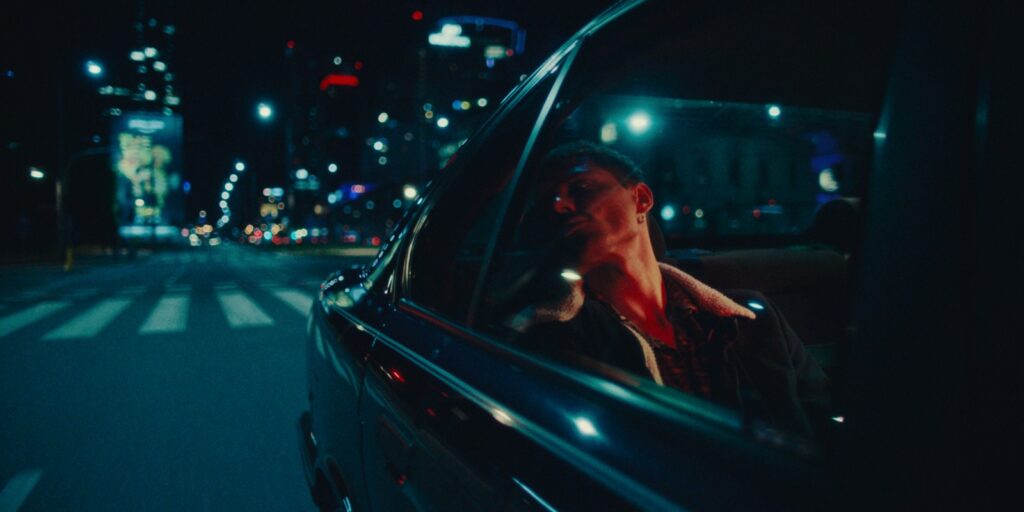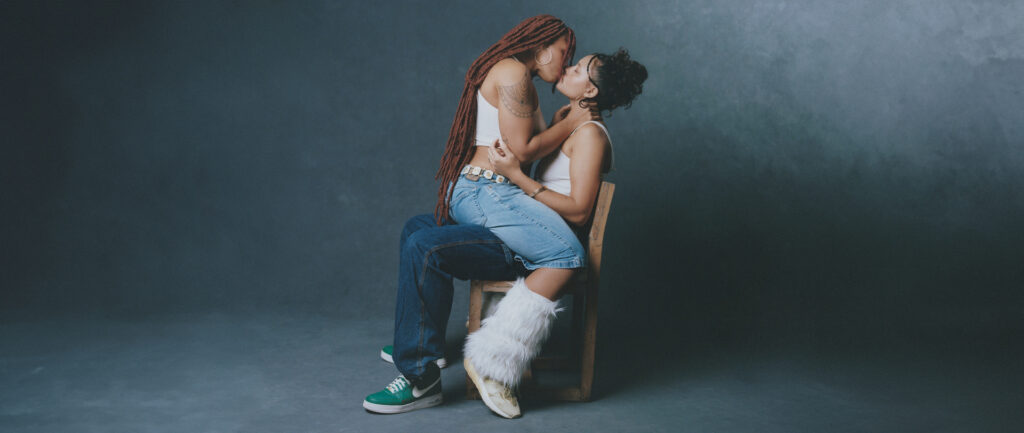Osamu Yokonami: The Portrait Of The Faceless
Artist Osamu Yokonami
Words Tom Czibolya
The chase of wandering spirits – there is something otherworldly and haunting about Japanese photographer Osamu Yokonami’s work that makes his images feel so tragic yet so beautiful at the same time. In conversation with Container Love the Tokyo-based artist told us about anonymous places, why people tend to misinterpret individualism and how he keeps taking inspiration from Japan’s closed-off society.

You live in Tokyo. Do you consider yourself a city person?
I grew up in the countryside, close to nature, I only moved to Tokyo because of my work. For many in Japan, moving to Tokyo is not even a choice but inevitable, since the city has a lot of opportunities to offer. This is where you find publishers, galleries, companies to work with. It’s been 25 years since I moved here – a long time. I got used to it, I must say, it’s not stressful anymore, I quite enjoy living in the city. I learned a lot about the concept of community here.
Urban Japan remains a widely used metaphor for feeling lonely in the crowd. How is it different talking about collective loneliness in a Japanese context?
When I was in Europe, I visited the countryside in multiple countries and I have never experienced much of a difference between the people living there and the ones living in the cities. With Japan, I think it’s the same. It’s more about the setting rather than the people.
How would you address an outsider about individualism in Japan?
Japanese society, Japanese people in general aren’t open. They define their own identities almost exclusively within a societal context, the social setting they’re in. In Tokyo, there are many foreigners and the locals here are already used to commu-nicating with them. But if you leave the city, this can quickly change. First of all, it’s not typical for Japanese people to speak good English. This is clearly something that limits the impact of Western culture and the idea of individua-lism that comes with it. The social setting in Japan is just way different with the distance between person and person playing a key role in it. Also, we are shy. Many people are embarrassed of their language skills being not good enough, so much that even though they could easily communicate, they choose not to speak at all. And this is just one example of what mounting social expectations can result in.

How has your interpretation of uniformity changed over the decades?
I think people tend to mix up individuality with not listening to others the same way some think that uniformity equals giving up on the person as an individual. I direct my models with one thing in mind: to see and capture the individual coming out of anonymity then disappearing back into it. I think this is what I’m trying to conceive with my photography, to take a collective, faceless portrait of Japanese society.
Some of your images are almost haunting. How conscious of a decision was it to give this supernatural feel to them?
When you’re out in nature everything becomes more simple. I don’t want anything artificial, man-made to define my pictures. These are untouched, anonymous places. Places for wandering spirits.
You are mainly working with the youth, high schoolers, even children. Why is that?
I like to think that there is a certain kind of purity captured in my pictures. I work in natural settings and I’m searching for people who aren’t already shaped, corrupted or even broken by the world. Young people. In one way, this is the closest I can get to the human spirit.

You are mainly working with the youth, high schoolers, even children. Why is that?
I like to think that there is a certain kind of purity captured in my pictures. I work in natural settings and I’m searching for people who aren’t already shaped, corrupted or even broken by the world. Young people. In one way, this is the closest I can get to the human spirit.
How do you approach people that you want to photograph?
I do interviews. It’s difficult to find models in Japan, especially since most of the people I shoot are middle or high school students. I usually rent a van or an RV and take the group on a one-day-trip, meaning the pictures have to be taken only within a couple of hours. There are locations that I keep going back to, since they can have something different to offer, new to explore every time.
I always draw sketches of the compositions beforehand, but things can change on set without a warning. I may imagine a scene and kind of expect a moment to happen, but at the end of the day, the pictures I take are more about documenting reality. You can’t exclude the human factor. Sometimes there is no other way forward but to abandon a plan and improvise. There’ve been occasions when I panicked because I felt like I was losing the image I had in my head. I had to learn how to let go of my ideas and let them evolve their own ways instead of trying to correct them all the time.
What is your most precious memory of the making of the Assembly series?
I had two separate shooting days on the seaside with a group of students. For one image, they were standing on the rocks when suddenly a big wave swept over them. First I got really scared, but then I saw them laughing, having fun, really enjoying the moment. That was a special, joyful afternoon that gave me reassurance.
What do you feel when thinking about the kids that you photographed growing up?
Sometimes change takes more than the effort of one individual. Sometimes, people need to think and work together as an ensemble to reach their goals. I think the experience of creating this series, which feels so alien yet so personal at the same time, can teach us a very good lesson on how to be a part of something without giving up on ourselves. And I think understanding what anonymity means is the first step toward stepping out of it.













